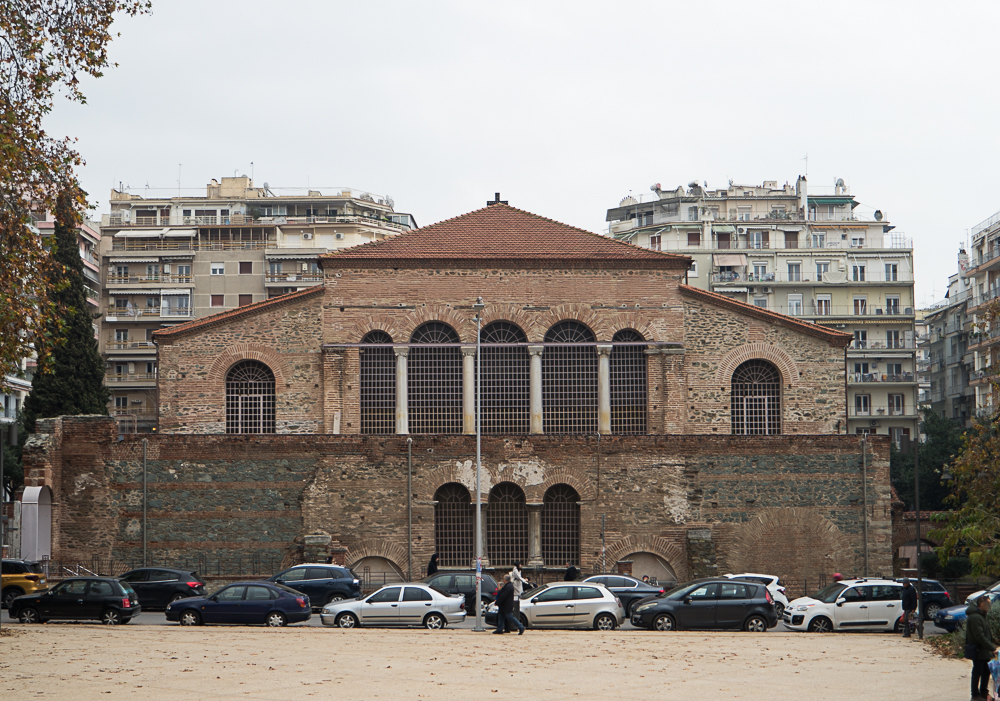Church of Our Lady Achiropiitos
The Church of Our Lady Achiropiitos is the only surviving early-Christian basilica in the city and the entire Eastern Mediterranean in its original 5th century AD form.
Location
Timeline
Modern and Contemporary era (1912 - )
1912 It was the first Byzantine Museum in Greece.
1914 Refugees from Thrace were housed. A year later, it housed Serb refugees.
1922 Refugees from Asia Minor settled.
1930 Reopened as a Christian church.
1962 It was designated by the Greek state as a protected monument.
1978 It suffered severe damage from a strong earthquake. Restoration began immediately.
1988 It was designated a UNESCO World Heritage Site.
Ottoman era (1453- 1912)
1673 Visited by Sultan Mohammed IV.
1907 The Ottoman government began the restoration of the church in its Byzantine form, removing all Turkish elements ("stylistic revival").
Byzantine era (331 AC- 1453)
It was constructed in the middle of the second half of the 5th century AD, evidenced by the narthex’s mosaic inscription "Andreas", (a representative of the church of Thessaloniki at the time) and by the church’s sculptures.
1345 Here the Zealots were slaughtered by the elite of the city.









Share